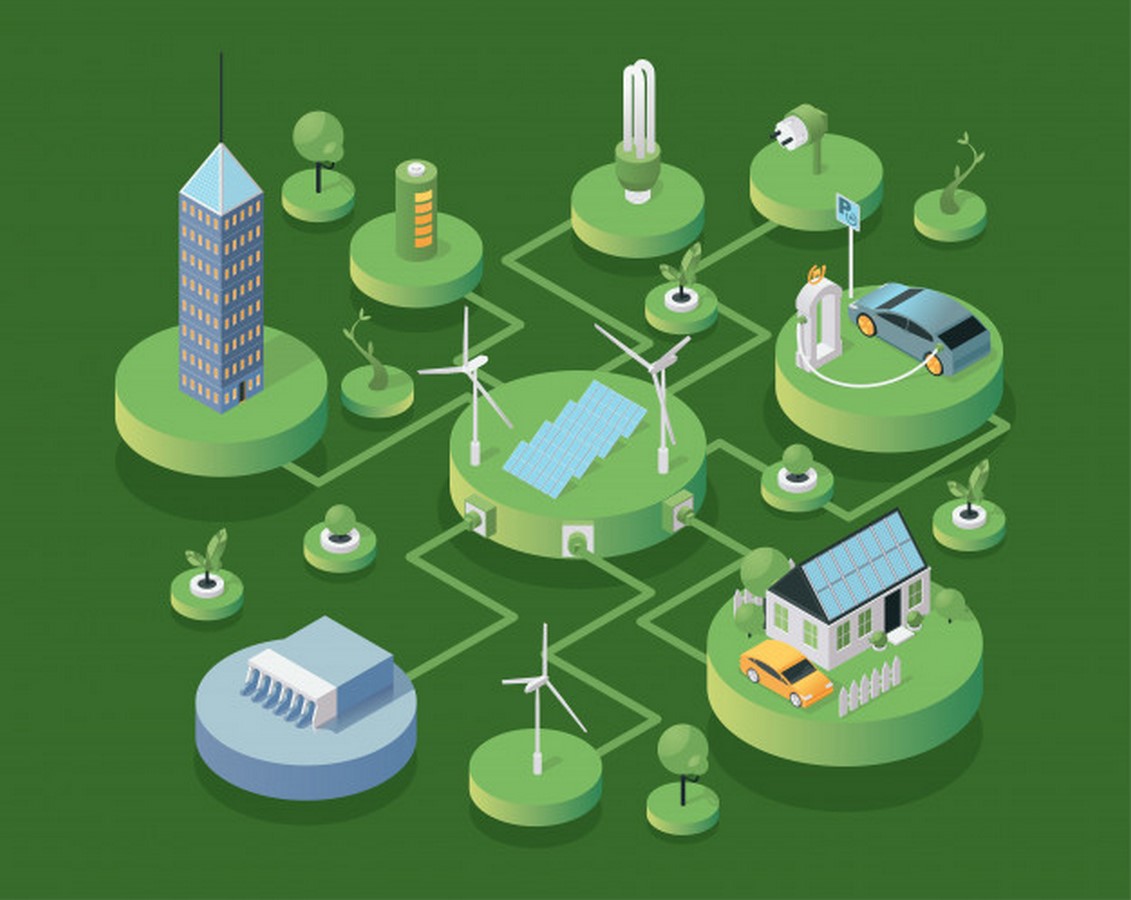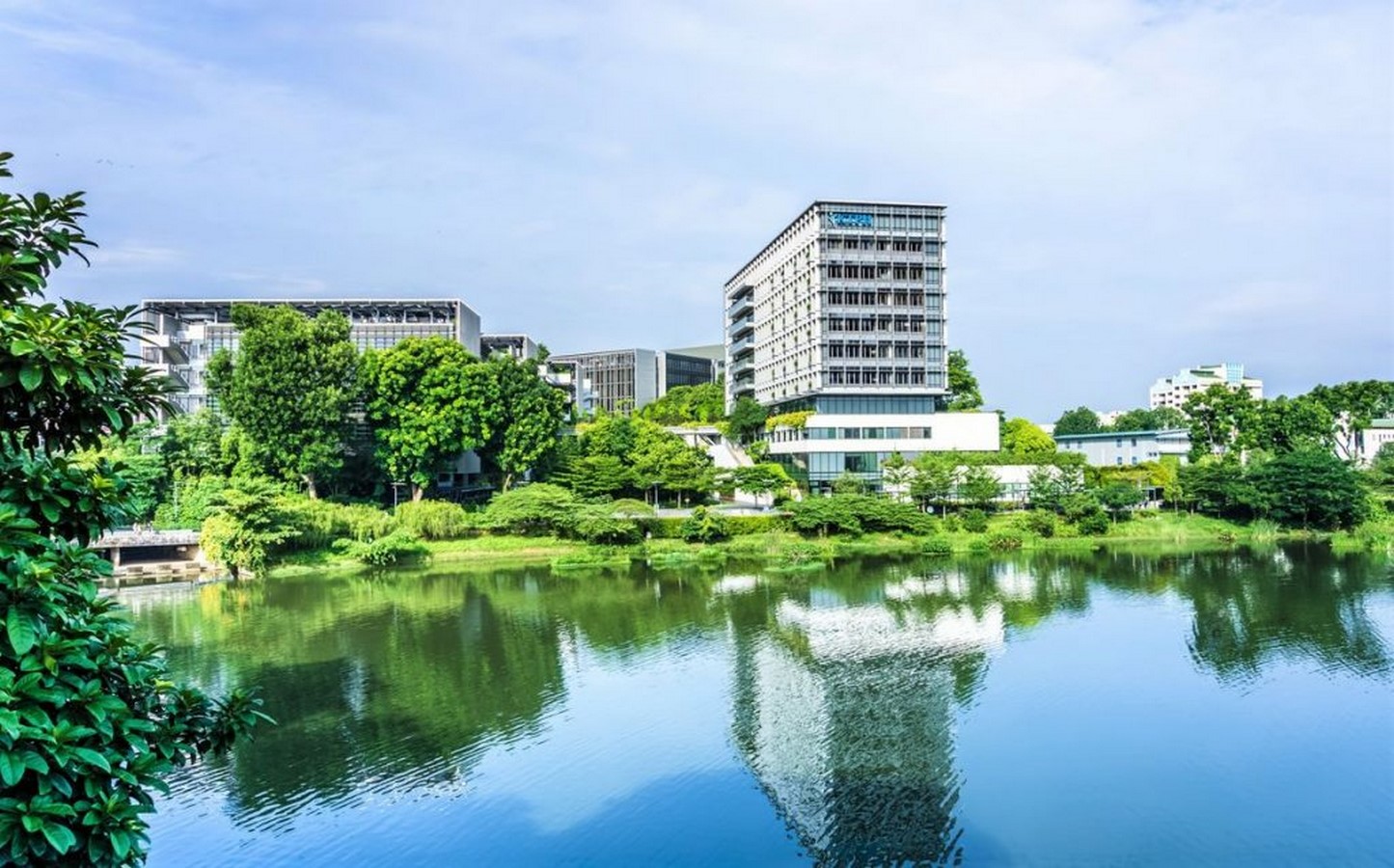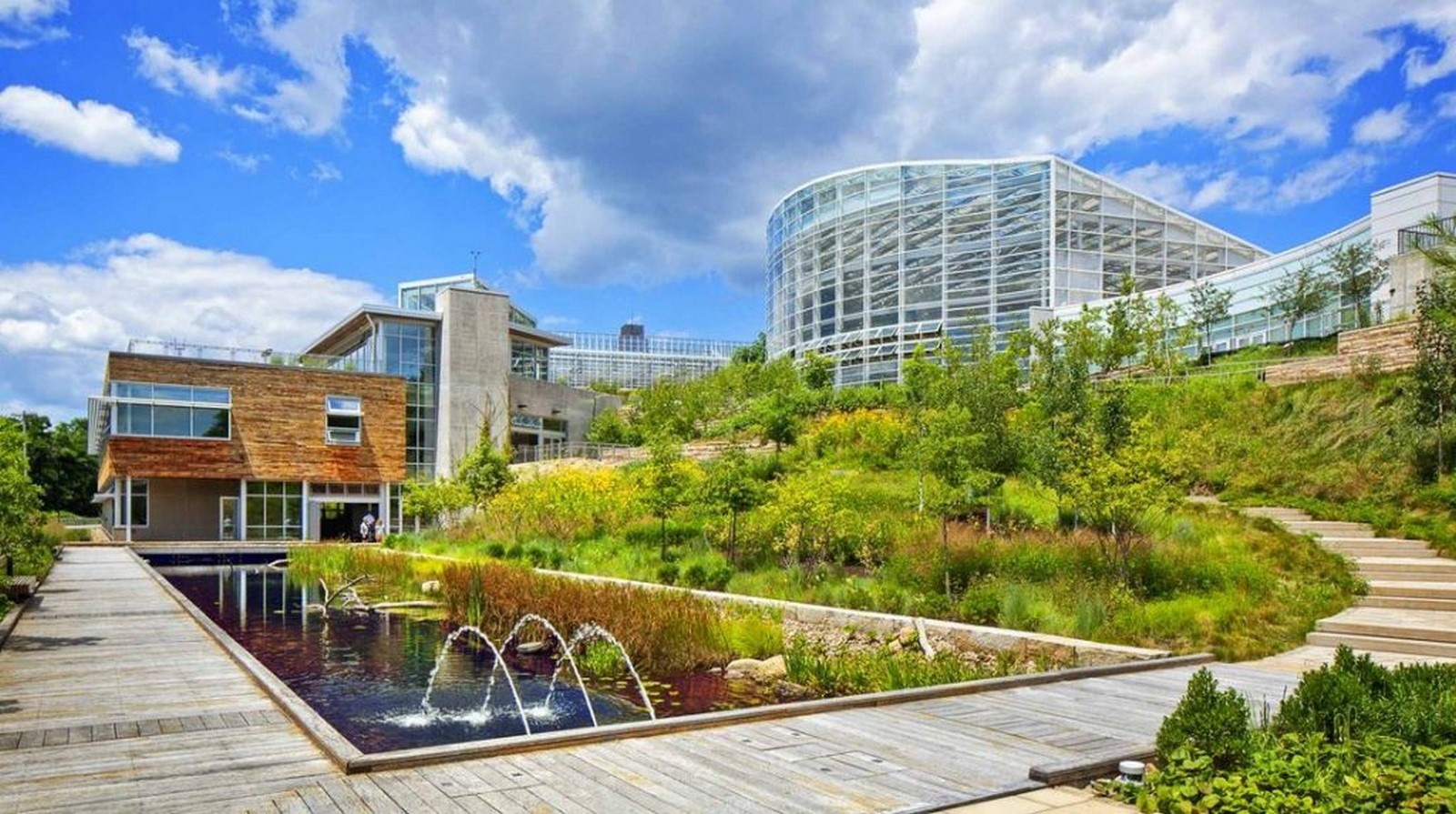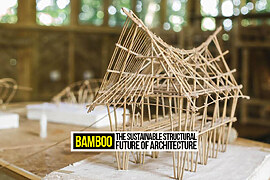“You cannot get through a single day without having an impact on the world around you. What you do makes a difference and you have to decide what kind of a difference you want to make.”
– Jane Goodall
These days, because of a developing understanding of human connection with nature, it is broadly acknowledged by scientific researchers that consuming energy from non-renewable sources has caused genuine ecological harm. Among human exercises, the construction industry stands apart as one of the sectors that burn-through more crude materials and energy, thus, no society can accomplish sustainable development unless the construction sector, which gives it upholds and goes through profound changes.
The idea of sustainable workplace centers around the general workplace. Studies have emerged which support the theory that Green structures help in expanding productivity and furthermore help in improving the psychological and physical health of an individual.
The cycle of urban expansion has caused numerous challenges with the enormous measure of waste created by the development and destruction of structures. When related to the expanding cost of crude materials, it has gotten hard to oversee assets in these areas.
Along with this, the effort to increase work, to expand the advancement of development materials in the construction, the reusing of waste has gotten vital, since the majority of this waste can possibly be a Sustainable turn of events. This concept shields that current requirements can be addressed without bargaining the necessities of people in the future, comprising basically three zones – social, economic, and environmental.
Green structure, which is furthermore called ‘sustainable building,’ is ‘the act of creating and utilizing better and more resource-efficient models of development, renovation, activity, maintenance, and demolition'(US EPA: Green Building, 2014). Its aim is to reduce the unfavorable impacts on the built environment which impacts both, the people and nature by boosting the effectiveness of energy, water, and different assets, limiting waste and ecological contamination, and improving wellbeing and efficiency.

The ecological issue and the objective utilization of resources have been featured as quite possibly the most talked-about issues across all areas of society. Consequently, the population is more sensitive about the issues related to the construction business since the construction sector is answerable for the circumstances.
In spite of the fact that construction is viewed as a significant area in our general public, through the job, it plays in the economy by making occupations and boosting the nation’s development and advancement, regardless it is an area that burns-through a great deal of energy and contributes the most to Earth’s contamination, because of its creation strategies. So, it is basic to understand the wellspring of the issues to discover arrangements that can amplify the potential and limit the misuse of construction materials. This relies basically upon how natural resources are overseen.
Man has consistently exploited natural resources, however, the population growth of the planet, particularly somewhat recently, additionally expanded the requirement for crude materials. Consequently, a few analysts are examining that gauge when a portion of the primary assets utilized by humans will be depleted, like raw petroleum (41 years), natural gas (63 years), iron (95), charcoal (150 years), among others.
Today, we realize that the most harmful effects on earth come from the extraction of resources and their effect on the site, radically lessening biodiversity, modifying the scene, and, on account of mining, creating a lot of waste. Breaks or spills are frequently connected with the extraction and transportation of crude materials, and these are the cases generally harmful to the climate.
ENERGY EFFICIENCY
Energy efficiency is a central issue in the quest for sustainability in the construction department, both the architect and the future client of the structure are liable for this matter since they decide how to build it. As per this idea, the extraction of crude materials, the extraction and transportation of development materials, and the structure development could be converted into energy exhausted during the process. This issue is critical in territories with a high-temperature range, inside a brief timeframe.
Thus, optimizing the warmth in a given climate should permit the temperature inside a structure to stay stable, decreasing the requirement for any mechanical solutions for a comfortable interior temperature, which in turn reduces the energy utilization of the structure.
The search for sustainability in the construction area prompts the improvement of innovative materials, along with all the more technically progressed approaches. However, the act of deconstructing structures, when they become outdated, is likely the most productive, from an ecological viewpoint. Therefore, the recap of the Selective Demolition idea is especially significant since, these days, in most created nations, there is a development of urban renewal directed by the requirement for better land use in regions of high population density.
In many nations of the world, the destruction of a building is as yet done with the goal that it ought to be pretty much as quick and reasonable as could really be expected, without a cautious selection of the different resulting waste and materials.

RECYCLING IN THE PROCESS OF CONSTRUCTION
Recycling arises as training that presents solutions in regards to how to deal with the waste, with the point of saving energy and natural resources by getting back to the production cycle those materials which in any case would have no utility. The raw materials for creating construction materials are progressively scarce and hence its extraction is more costly and troublesome. The utilization of landfills for storing waste adversely affects humans and landscapes. On top of this, such a condition meets up with the rising cost of fuel, further disturbing the entire circumstance.
Given these conditions, reusing has become a credible alternative as respects the removal of waste from the development and destruction of structures. Along these lines, numerous organizations delivering development materials started to consider this to be another wellspring of raw materials, which will, in general, be progressively significant in creating construction materials.
Reusing construction and demolition waste, similar to some other development movement, requires fundamental planning to be effective. Numerous methods to diminish ecological issues in the construction sector address the issue in a shortsighted manner, since the strategies being utilized ignore the requirement for a basic reflection about the social estimations of a consumerist society, in light of a creation framework where capital expects an excessive amount of importance at the expense of moral values.
Hence, we can conclude that the topic of sustainable architecture has at present an extraordinary perspective, so the entertainers in the construction sector should search for new practices that can meet the expectations of society. The extent of sustainability in architecture is to receive various methodologies, to reduce the energy utilization of buildings and the pollution-related to this activity.
Among all of the issues dealing with sustainable development, the best approach to deal with the construction materials is positively the most huge. Hence, the administration of construction materials ought not to be restricted distinctly to the development process, to ensure its productivity there should be wide information on all the creation procedures of the sustainable materials.

Sustainable design practices aren’t confined to new form properties. It can likewise be applied to existing structures to make them more energy-effective. Solar panels, insulation, and more latest technologies, low-energy heating systems are simple and compelling methods of making a property more ‘green’ in design and activity. There are numerous governmental schemes that make these sustainable redesigns more attractive and affordable for mortgage holders and entrepreneurs the same.
Ideal green building projects can promote inhabitant wellbeing by utilizing sustainable, natural materials, sourcing their own energy and water, and functioning without adversely affecting the climate. These structures benefit everybody, not just individuals who live or work inside them. Their effect arrives at the surrounding local area, the economy, and the earth.



















